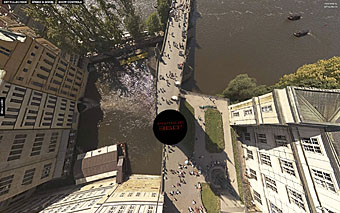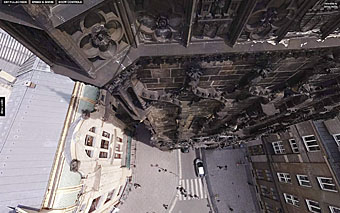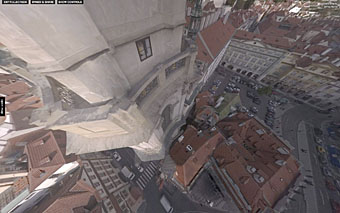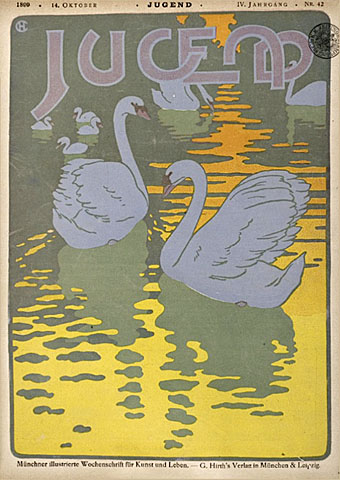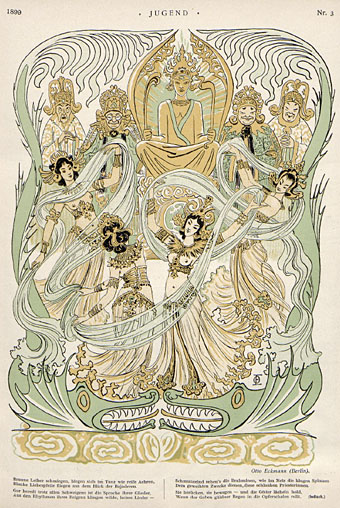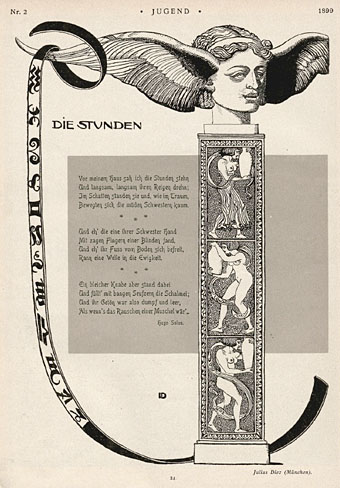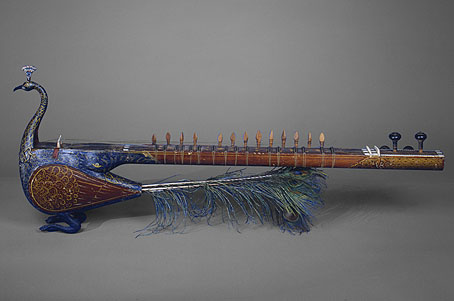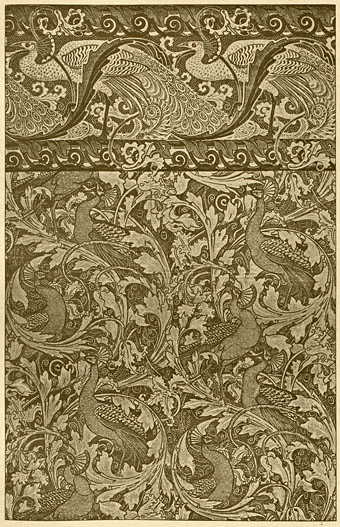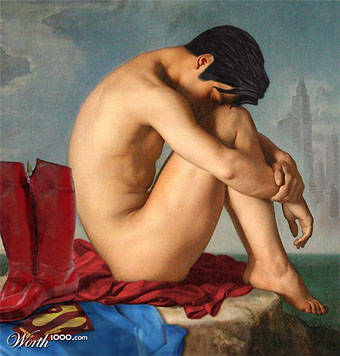The Tower at Charles Bridge, Old Town.
More panoramas of Prague from 360 Cities by Jeffrey Martin, a photographer who’s made a speciality of capturing the city in 360º views. Among his collection are a number of photos taken from Prague’s many towers and steeples including a few where he’s managed to remove the supporting building, as in the view from the Charles Bridge above. This gives the effect of floating in weightless suspension above the city and may well induce alarm in vertigo sufferers. Needless to say, all these are best viewed on the full screen setting.
The Powder Tower (Prasna Brana).
Mikulas Tower.
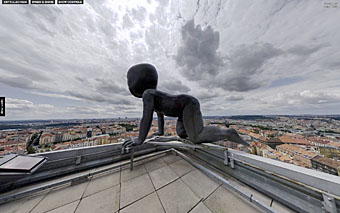
Prague TV Tower Babies 1; one of David Cerný’s crawling baby sculptures looks over the city. See also the 18 gigapixel view from the tower.
Elsewhere on { feuilleton }
• The panoramas archive
Previously on { feuilleton }
• Karel Plicka’s views of Prague

